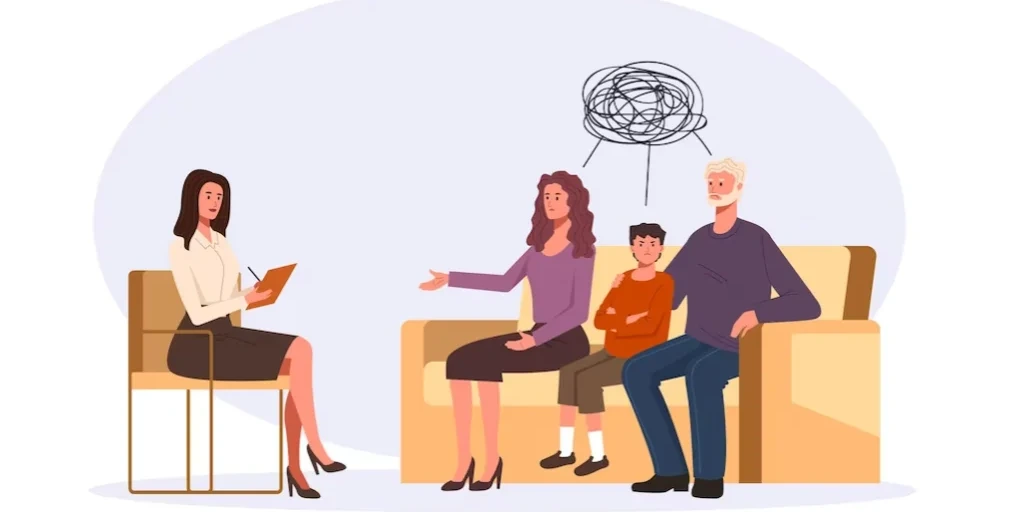24/7 Helpline:
(866) 899-111424/7 Helpline:
(866) 899-1114
Learn more about Prescription drug Rehab centers in Austin
Prescription drug Rehab in Other Cities

Other Insurance Options

Anthem

Ambetter

GEHA

Health Choice

Meritain

Providence

Private insurance

Magellan Health

Health Partners

CareSource

Group Health Incorporated

Magellan

Choice Care Network

Health Net

WellPoint

ComPsych

Kaiser Permanente

BlueShield

Oxford

American Behavioral















